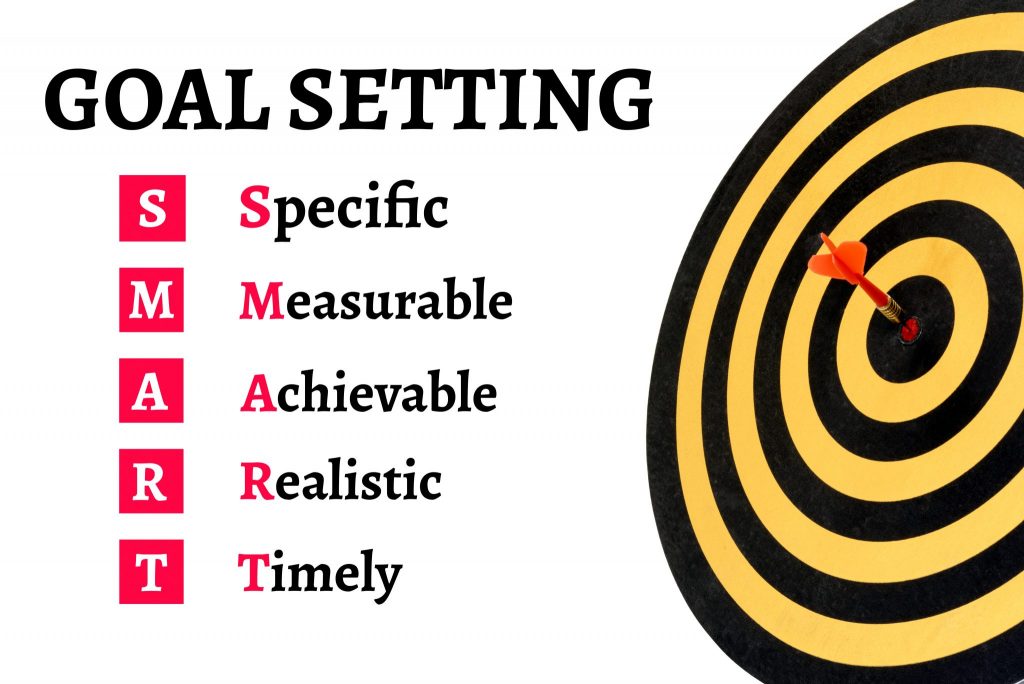Every year, we set new resolutions. Or maybe we set the same ones year after year. We resolve to do more of the right things and less of the wrong things. Then we try to apply this to our business. We resolve to go to more networking meetings. Get more clients. Finish more articles.
But it’s not going to work just like it doesn’t work with us. After 21 days, something comes up, or we get distracted. Or it feels like work.
Yup. The time when we have to dig in and actually make an effort is when we give up. Then we’ve broken our resolutions and say it didn’t matter anyway.
There is a better way.

Set Intentions For the Year
The problem when we set the resolutions is we’re not really looking at the whole picture.
Look at your goals. Are they achievable in one year? And it’s ok if it’s a stretch. But if you’re only earning $1500/month right now, you’re probably not going to get to $150,000/month by July. (Well, hey, maybe you could. If so, tell me how you did it. I’m always open to learning and encouraging).
Brian Tracy taught that we would often set ourselves up for failure if our goals were too big because our brains wouldn’t really believe we could achieve it. Enter our friend self-sabotage.
So what I do is I look at doubling my monthly income and then work backwards to identify tasks that will take me down that path to achievement.
Break It Into Achievable Chunks
Often our task list is taller than we are. In my case, it used to be twice my height. I always said I was 5’3″ but the truth is I am 5’2 3/4″ Shh. Don’t tell the Department of Motor Vehicles.
T. Harv Eker recommends having tasks take no more than 30 minutes of your time. And don’t set more than three at a time to achieve.
Now, obviously this can’t be for every task, can it? Actually it can. I’ll set a task to spend 30 minutes working on Chapter 4 of my latest ebook. That allows me to feel comfortable that I’m not going to have to work on the whole ebook. I just have one small chapter or section.
Chances are good that once I’m in there, I get into the flow and end up spending a lot more than 30 minutes writing. But I’ve tricked myself to get out of my own fear.
Success Builds Momentum
At the end of the day, make sure you write down your successes. When you see how far you’re moving towards your intended goal, you will get more enthusiastic and get more ideas.
Now is where you need to be careful. Always keep some kind of method to capture ideas. I use Evernote.
Often, you’ll be working hard and feeling great when an idea pops into your head. You need to capture that idea and promise your brain that you will get to it when you’re done with this task. That is the only way to shut your brain up.
For a minute. Sometimes, though, my brain takes that as an opportunity to give me a laundry list. I just thank the brain, write down all the thoughts, and then say “Back to work.”
Nothing feels better than success. Even if it’s a smaller goal. But let’s be honest…would you rather achieve a smaller goal or never achieve a bigger goal?
Leave your thoughts in the comments. I am interested in what you think.
Hi LARA,
yES, YOU MAKE some key points here!
Breaking the path down to the very next step is key, and I’ve also written often that if you set yourself a time block to take that step, once you get going and you find you are in mid flow and go over your time block, you are really getting results then, making progress quicker than you would any other way and your productivity is shooting right up!
Thanks for the reminders!
Cheers, Gordon
Hi Lara,
I don’t remember making any new year resolutions, but I have made a plan for 2017 to rebuild my email list using facebook and youtube as well as my blog to interact with subscribers.
I read a recent post y another marketer who says they don’t make resolutions, they make plans. Resolutions often have nothing behind them to support them, hence why so many people fail at their New Year resolutions!
Enjoy the journey!